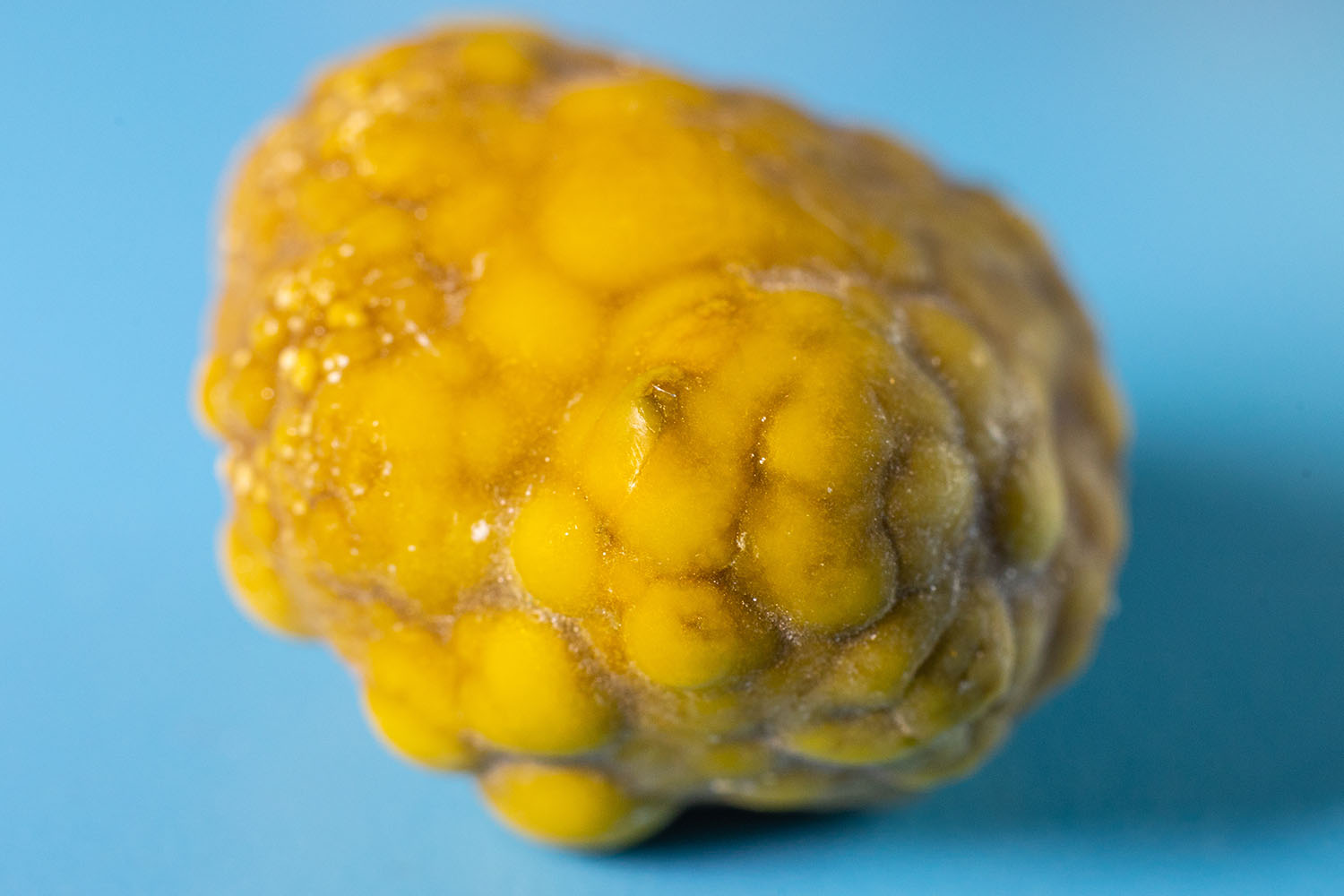Overview
Gallbladder stones, or gallstones, are hardened deposits of digestive fluid that can form in your gallbladder, a small organ under your liver. These stones can range from the size of a grain of sand to that of a golf ball. When gallstones cause pain or other complications, gallbladder stone removal surgery often becomes necessary. This procedure, medically known as cholecystectomy, is one of the most common surgeries performed worldwide.
What Are Gallstones?
Gallstones are primarily composed of cholesterol or bilirubin and can lead to significant health issues. They form when there is an imbalance in the substances that make up bile. This can result from several factors, including genetics, diet, obesity, and certain medical conditions. While many people with gallstones never experience symptoms, those who do can suffer from severe pain, nausea, and infection.
Symptoms and Diagnosis
Symptoms of gallstones include sudden and intense pain in the upper right abdomen, back pain between the shoulder blades, and nausea or vomiting. Diagnosis typically involves imaging tests such as ultrasound, CT scans, or MRIs, which can confirm the presence of stones and help assess their size and number.
When Is Gallbladder Stone Removal Surgery Necessary?
Not all gallstones require removal. Asymptomatic gallstones, those that do not cause any symptoms, often do not need treatment. However, when gallstones cause significant pain or lead to complications like cholecystitis (inflammation of the gallbladder), pancreatitis, or jaundice, gallbladder stone removal surgery becomes necessary.
Types of Gallbladder Stone Removal Surgery
There are primarily two types of gallbladder stone removal surgery: laparoscopic cholecystectomy and open cholecystectomy.
- Laparoscopic Cholecystectomy: This minimally invasive procedure involves making small incisions in the abdomen. A laparoscope, a small tube with a camera, is inserted to provide a view of the gallbladder. Surgical instruments are then used to remove the gallbladder. This method is preferred due to its shorter recovery time, less postoperative pain, and smaller scars.
- Open Cholecystectomy: In cases where laparoscopic surgery is not feasible, an open cholecystectomy is performed. This involves a larger incision in the abdomen to remove the gallbladder. While recovery takes longer, this method is sometimes necessary for complex cases or when there are complications.
International Research and Advances
Gallbladder stone removal surgery has seen significant advancements over the years, thanks to international research and technological improvements. According to a study published in the Journal of the American Medical Association (JAMA), laparoscopic cholecystectomy is considered the gold standard for treating symptomatic gallstones due to its high success rate and low complication rates.
Furthermore, research from the British Medical Journal (BMJ) emphasizes the importance of early surgery for patients with acute cholecystitis, highlighting that early intervention can reduce hospital stays and improve outcomes. Advances in surgical techniques and preoperative imaging have also contributed to the increased safety and effectiveness of gallbladder stone removal surgery.
Recovery and Aftercare
Recovery from gallbladder stone removal surgery varies depending on the type of surgery performed. Patients who undergo laparoscopic cholecystectomy typically return to normal activities within a week, while those who have open surgery may require several weeks to recover fully.
Postoperative care involves managing pain, preventing infection, and gradually reintroducing normal activities. Patients are advised to follow a low-fat diet initially, as the body adjusts to the absence of the gallbladder in the digestive process.
Gallbladder stone removal surgery is a crucial intervention for those suffering from symptomatic gallstones. With advancements in surgical techniques and ongoing international research, the procedure has become safer and more effective. If you experience symptoms of gallstones, consult with a healthcare professional to determine the best course of action. Early diagnosis and timely surgery can significantly improve your quality of life and prevent serious complications.



